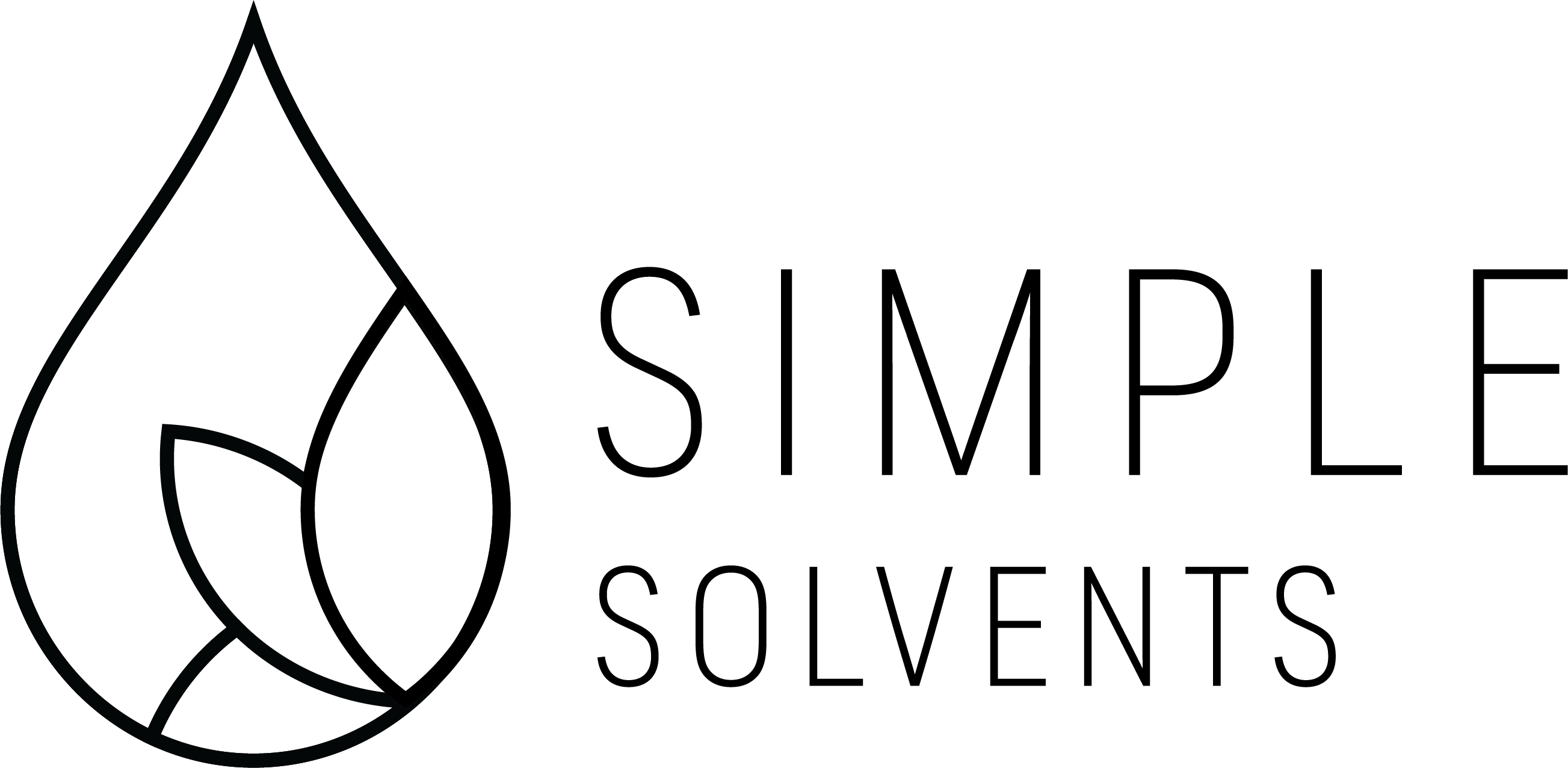A Quick Guide to Solvent Waste Recycling and Disposal

A Quick Guide to Solvent Waste Recycling and Disposal
Quick Guide to Solvent Waste Recycling & Disposal: solvent waste management is a critical aspect of environmental health and safety and a significant concern for businesses that generate large quantities of solvent waste. Proper recycling & disposal of solvent waste are crucial to minimize the environmental impact, meet regulatory requirements, and reduce costs.
In this Quick Guide to Solvent Waste Recycling & Disposal, we will see the importance of solvent waste recycling & disposal, outline the types of solvent waste, and highlight the best practices for managing solvent waste in an environmentally friendly and cost-effective manner.
What is Solvent Waste?
Solvent waste refers to the used or contaminated solvents generated during various industrial processes, such as degreasing, cleaning, painting, and coating. Solvents are chemicals that break down other substances and are widely used in many industries, including automotive, aerospace, electronics, pharmaceuticals, and printing.
Solvent waste can be hazardous due to its flammability, toxicity, and potential to contaminate air, water, and soil. As a result, managing solvent waste is subject to strict environmental regulations to protect public health and the environment.
Types of Solvent Waste
Solvent waste can be categorized into three main types based on their composition and properties:
- Halogenated Solvents: These contain halogen atoms, such as chlorine or fluorine. Examples include trichloroethylene, perchloroethylene, and methylene chloride. Halogenated solvents are typically more toxic and persistent in the environment, making them more challenging to dispose of safely.
- Non-halogenated Solvents: These solvents do not contain halogen atoms and are generally less toxic than halogenated solvents. Examples include acetone, ethanol, and isopropyl alcohol. Non-halogenated solvents are easier to recycle and dispose of due to their lower toxicity and environmental impact.
- Aqueous Solutions: These are water-based solvents that contain dissolved or suspended chemicals, such as detergents, alkaline cleaners, and acids. Aqueous solutions are typically less hazardous than organic solvents and can often be treated and discharged to the sewer system with proper permits and pre-treatment.
Solvent Waste Recycling
Recycling hazardous chemical waste is an environmentally friendly and cost-effective method for managing solvent waste. The recycling process typically involves the following steps:
- Collection and Storage: Solvents must be stored in containers meeting regulatory requirements. It is essential to segregate solvents by type to avoid mixing incompatible chemicals and facilitate recycling.
- Distillation: The most common method for recycling solvent waste is distillation, which involves heating the solvent to separate the contaminants and recover the clean solvent. The recovered solvent can then be reused in industrial processes, reducing the need for virgin solvents and conserving resources.
- Treatment of Residues: The contaminants removed from the solvent during distillation, such as oils, paints, and solids, must be treated and disposed of properly. Depending on the type and concentration of contaminants, they may be incinerated, treated with chemicals, or sent to a landfill.
- Quality Control: The recycled solvent should be tested for purity and quality before being reused in industrial processes. This ensures the recycled solvent meets the required specifications and will not compromise product quality or safety.
Solvent Waste Disposal
When solvent waste cannot be recycled or reused, it must be disposed of properly to minimize environmental impact and meet regulatory requirements. There are several methods for solvent waste disposal:
- Incineration: High-temperature incineration is an effective method for destroying hazardous solvent waste. The waste is burned at temperatures above 1,200 degrees Celsius to break down the chemical bonds and convert the waste into less harmful by-products, such as carbon dioxide and water.
- Chemical Treatment: Some solvent waste can be treated with chemicals to neutralize or stabilize the hazardous components. This process can involve oxidation, reduction, or precipitation, depending on the type of solvent and contaminants.
- Landfill: In some cases, solvent waste may be suitable for disposal in a landfill. However, this option is generally reserved for non-hazardous waste or waste treated to reduce its toxicity and environmental impact.
Conclusion
This Quick Guide to Solvent Waste Recycling & Disposal are essential for protecting the environment, ensuring regulatory compliance, and reducing costs for businesses that generate solvent waste. By understanding the types of solvent waste and implementing best practices for recycling & disposal, companies can minimize their environmental footprint and contribute to a more sustainable future.
Simple Solvents has established itself as a reliable and trusted provider of high-quality pharmaceutical-grade ethanols and solvents for various applications, ranging from industrial manufacturing to home extraction enthusiasts. By ensuring the utmost purity of our products, we cater to the diverse needs of our customers, guaranteeing satisfaction and consistency in results. For those seeking the finest solvents on the market, check out our products including ethanol, isopropyl alcohol and more! We hope you enjoyed this Quick Guide to Solvent Waste Recycling and Disposal.
